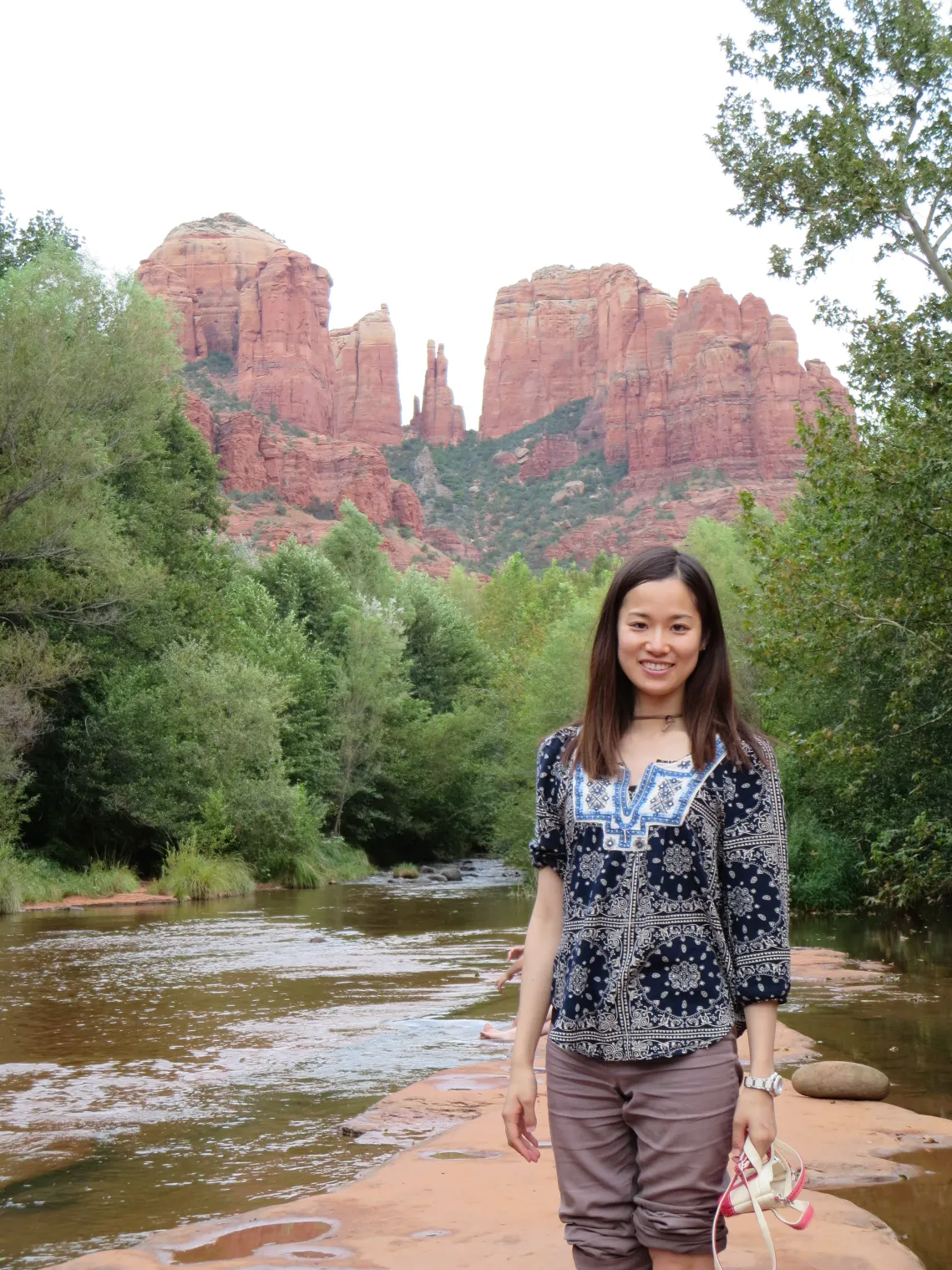From Tokyo, Japan to Tucson, Arizona: Cross-Cultural Exchange and Inclusive Education

The Long-term Educational Administrator Program (LEAP) was established in 1997 and is funded by the Japanese Ministry of Education, Culture, Sports, Science, and Technology (MEXT).
The LEAP program is competitive and offers select Japanese educational administrators the opportunity to come to the United States to improve their English skills, learn about the U.S. Education system and complete an internship in an international programs office at an institution of higher education.
Hitomi Murai, a staff member of MEXT in Japan, is currently being hosted at the University of Arizona (UA) Office of Global Initiatives as part of her LEAP experience. Previously, she worked for Elementary and Secondary Education and is interested in Special Education, especially Dyslexia.
She arrived in Tucson in August 2015 and will be at the UA through March 2016. She primarily works in the Office of Global Initiatives and also engages in many different activities around the UA campus and in the Tucson community.
“I came to the U.S. to learn how U.S universities support disabled students,” said Murai. “In Japan, we recently implemented inclusive education.”
In 2007, the Japanese government signed The Convention on the Rights of Persons with Disabilities Act and started legislating for the equal chance for disabled people. In 2013, they approved the ratification of this convention.
Prior to implementing this convention, most disabled students in Japan went to special education schools or special classes and were separated from mainstream education. “This is why the number of disabled students in universities is less than United States,” said Murai. Since the convention was approved, accommodations are now legislated by national and public universities.
“The University of Arizona is one of the best universities for students with disabilities. It provides great support for students,” said Murai. “I am learning from the practice of Disability Resource Center and SALT Center. Each of them has a different approach to assisting the students.”
Murai has also engaged with faculty and students in the department of Disability and Psychoeducational Studies in the College of Education. Through these connections she has been able to visit several K-12 schools in the region to observe and learn more about the process of implementing inclusive education.
“Working in an office and visiting schools in the U.S. allows me to experience the American attitude towards jobs and education,” said Hitomi. “This experience will help me assess the Japanese work ethic and approach to implementing inclusive education.”
Japan has reached milestones in re-thinking how to balance work and life, according to Murai. She hopes to use her experiences in the U.S. to contribute to the advancement of inclusive education in Japan.

